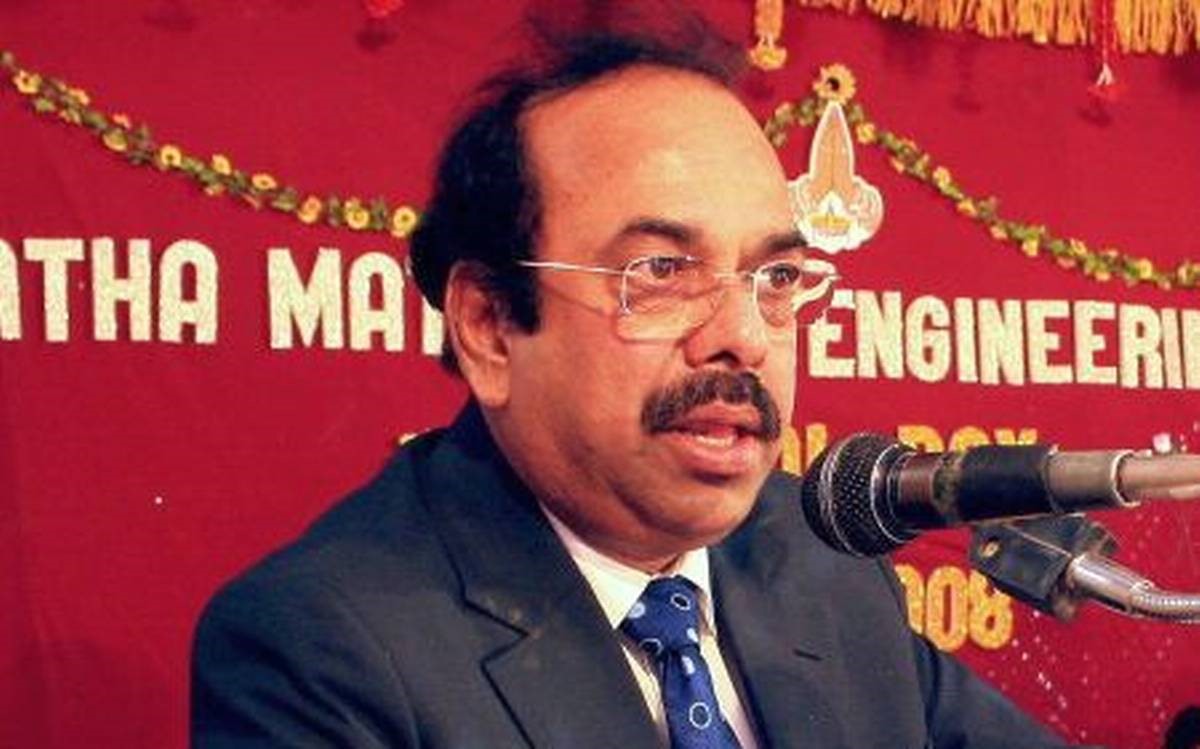PREVIOUS
Caste Census - Kulasekaran commission
January 27 , 2021
1533 days
5146
0
- Chief Minister Edappadi K Palaniswami appointed a commission under the former high court judge Kulasekaran.
- It will begin collection of caste data in Tamil Nadu.
- The state government had recently announced that a survey will be undertaken across Tamil Nadu to ascertain the population based on caste.
- The decision comes amid the backdrop of the Supreme Court directions to all the states to collect quantifiable data highlighting the inadequacy of representation of a particular class in public service.
- Recently the Pattali Makkal Katchi (PMK) cadres engaged in protests across Chennai demanding 20% reservation for Vanniyars in government jobs and education.
- Besides, the caste-wise data is also required to conduct the case regarding the 69 per cent reservation for Tamil Nadu, pending before the Supreme Court.
- The Commission is also the first such panel to be put in place in Tamil Nadu since the 1950s.
Tamil Nadu Background
- The First Backward Classes Commission led by A N Sattanathan in 1969 availed the pre-Independence census data to arrive at population of various castes in Tamil Nadu.
- In 1983, the Second Backward Classes Commission led by JA Ambasankar conducted caste-wise socio-economic and educational survey through door-to-door enumeration.
- It submitted a report in 1985.
- The state government enacted the Tamil Nadu Backward Classes, Scheduled Castes and Scheduled Tribes Act, 1993 to protect the existing 69% quota.
- It was included in the Ninth Schedule of the Constitution by the 76th Amendment 1994.
Caste Census in India
- The Centre has decided to collect data on Other Backward Classes during Census 2021.
- This will be the first general census to collect such data since 1931, although a socio-economic census was conducted in 2011.
- The Socio Economic and Caste Census 2011 (SECC) was conducted for the 2011 Census of India.
- It was the first caste-based census since 1931 Census of India.
- It was the fourth exercise conducted by Government of India to identify households living below the poverty line (BPL) in India that would get various entitlements, after three censuses in 1992, 1997 and 2002.
- The SECC was conducted independently of the Population Census,
- The Population Census is mandated by the Census Act of 1948.
- It was carried out by the Union Rural Development Ministry in the rural areas and the Union Housing and Urban Poverty Alleviation Ministry in the urban areas.
- For the first time since 1931, data on OBC population was also collected in 2011.
- The first caste census was conducted in India in 1881.
- In 1941, the census exercise was severely curtailed because of World War II.
- The SC/ST column were to be included in the census slips from 1961.
- The First Backward Classes Commission was constituted under Kaka Kalelkar in 1953 under Article 340 of the constitution.
- In 1979, the Second Backward Classes Commission was constituted under Mandal.
- According to the Mandal Commission report, scheduled castes and tribes made up 22.56 per cent of the population.
- Mandal Commission had put Other Backward Classes at 52 per cent.
- This was made on the basis of the 1931 Census.
- It gave the result in the provision of a 49.5 per cent quota in government jobs and public universities.
- This included a declaration for 27 per cent reservation for OBCs for the first time ever.
- It was implemented in 1990 by the Government led by VP Singh.



